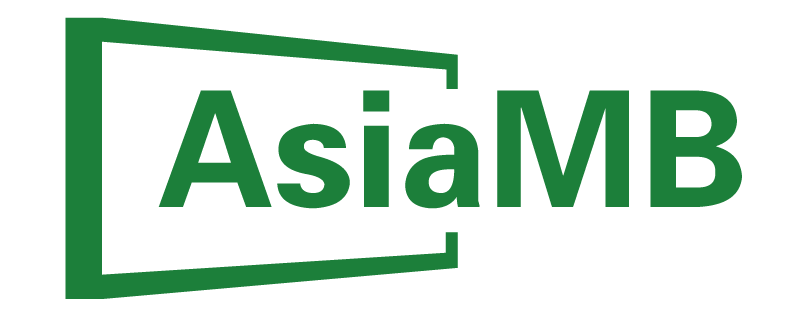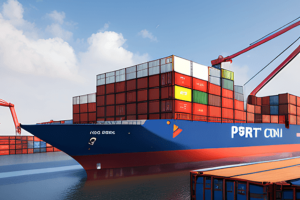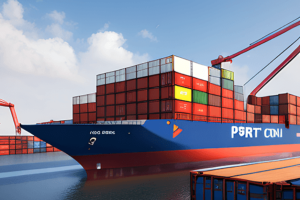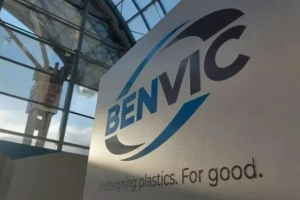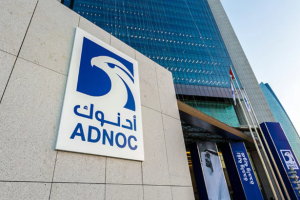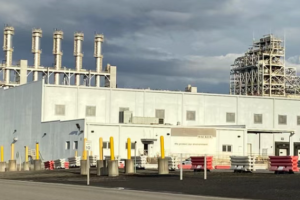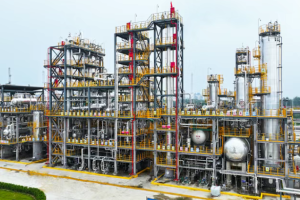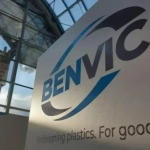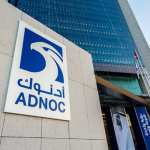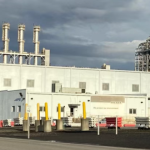July 20, 2025 –
Automotive Plastics Repair Enters New Era with Advanced Restoration Techniques
The automotive aftermarket is witnessing a transformation in plastic component restoration as new technologies emerge to address common vehicle damage. With modern cars containing over 150kg of plastic components on average, proper repair methods are becoming essential for cost-effective maintenance.

Industry specialists have developed a tiered approach to plastic restoration:
- Surface Imperfections
Micro-scratch solutions now incorporate nanotechnology, with self-leveling polymers that fill imperfections at molecular level. Leading brands like 3M and Permatex offer UV-resistant formulas that chemically bond with original materials. - Structural Repairs
Advanced welding systems using infrared temperature control enable precision repairs on polypropylene bumpers and ABS components. The latest equipment from Leister Technologies allows for material-specific temperature profiles between 180-320°C. - Composite Solutions
For hybrid plastic/metal assemblies, epoxy-based nanocomposites provide adhesion strength exceeding OEM specifications. Henkel’s Teroson line demonstrates 28% greater impact resistance than conventional fillers.
“Modern repair materials must meet stringent automotive standards,” explains Dr. Sarah Chen, materials engineer at BASF. “We’re seeing demand for solutions that maintain crash performance after repair.”
The market shift reflects several industry trends:
- 40% reduction in replacement part costs through proper restoration
- Growing sustainability focus extending plastic component lifecycle
- Advanced color-matching systems ensuring seamless repairs
- Manufacturer-approved repair protocols preserving warranties
For color masterbatch producers, these developments create opportunities for:
• Repair-specific pigment formulations
• UV-stabilized additive packages
• Custom-matched color solutions
• Conductive compounds for radar-visible repairs
Professional repair shops now utilize digital color spectrometers and 3D scanning to achieve factory-quality results. As vehicle ADAS systems proliferate, maintaining precise sensor alignment during plastic repairs has become equally crucial as cosmetic perfection.
AsiaMB analysts note the automotive plastic repair market will reach $3.2 billion globally by 2026, driven by both economic and environmental factors. This growth presents significant opportunities for material suppliers throughout the value chain.
